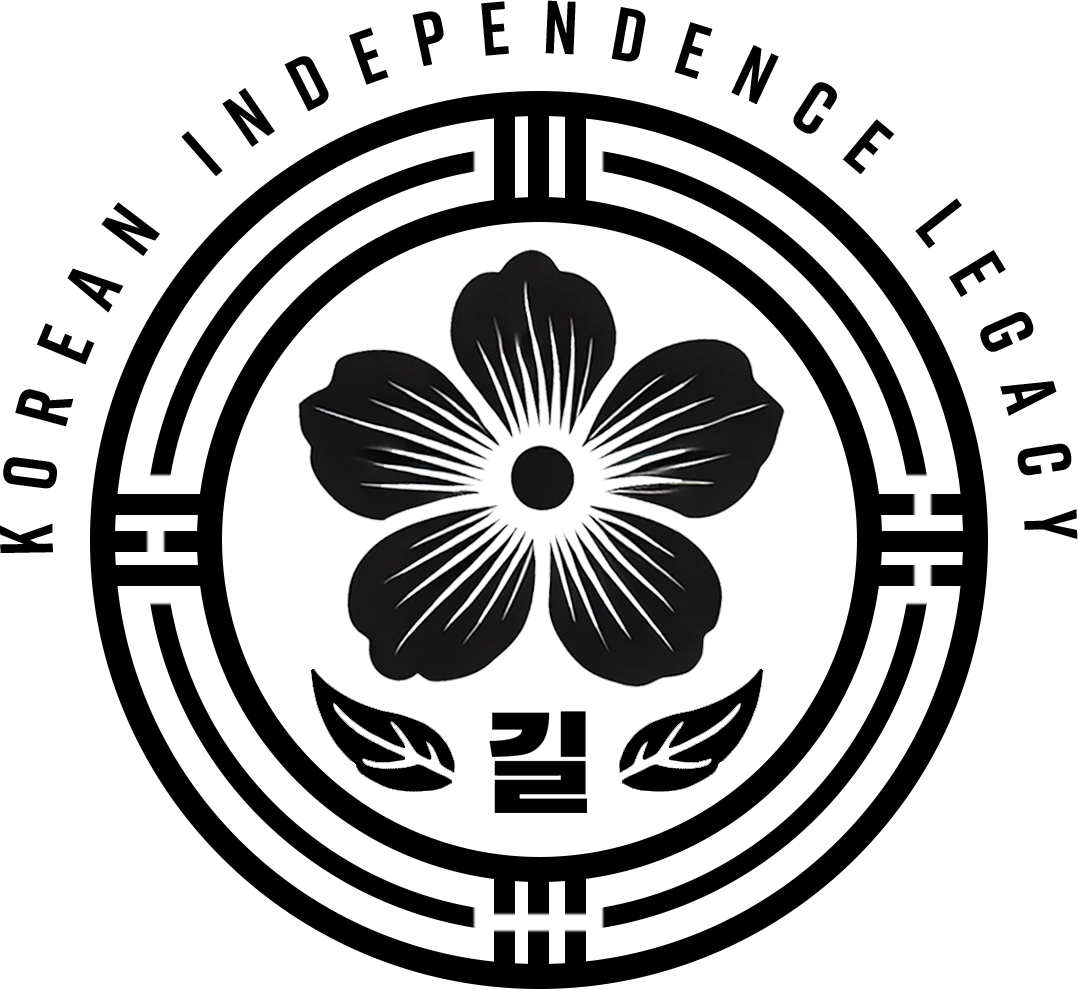Howard S Park 박희성
On July 18, 1921, the Provisional Government of the Republic of Korea appointed Howard S Park 박희성 as Second Lieutenants (참위) in the Army Air Corps—marking 박희성 as Korea’s first officially appointed military flight officer.
In 2010, on the 65th anniversary of Korea’s liberation, the South Korean government officially recognized 박희성 as a national independence hero, awarding him the Order of Merit for National Foundation. That same year in November, his remains were returned to Korea and interred with honors at the Daejeon National Cemetery. The Republic of Korea Air Force led the ceremony, with its deputy chief of staff and an honor guard paying tribute—publicly declaring that today’s Korean Air Force stands as a proud successor to the legacy of 박희성, the nation’s first military aviator.
Remembering 박희성 (Howard S Park): Korea’s First Officially Appointed Military Aviator
박희성 (1896–1937) was born on May 2, 1896, in Haeju, Hwanghae Province. A man of remarkable intellect and physical strength, he served as captain of the soccer team at Yonhee College (now Yonsei University) before heeding his brother’s call to leave school and go to the United States to prepare for Korea’s independence struggle. His mission: to become a pilot in service of his country’s freedom.
In 1918, he arrived in the United States after a long journey from Korea. He was among the earliest Koreans to pursue aviation, and in March 1920, he enrolled in the Korean Aviation School in Willows, California—an institution established by leaders of the Korean Provisional Government in exile, including Minister of Military Affairs Noh Baek-rin and Kim Chong rim. 박희성 quickly distinguished himself as the top trainee among 24 young Korean men. When the school later faced financial difficulties, he continued his training at a civilian flight school in Sacramento in January 1921, supported by scholarships from American allies who admired his talent and determination. By February, he had mastered full control of the aircraft. In late March, he participated in an air show in the Nodai region near Sacramento with his fellow trainees and earned the affectionate nickname “Korean Youth Flight Commander” (한인소년 비행대장) from spectators.
On April 10, 1921, while attempting to earn his pilot’s license at Redwood City Airfield, he suffered a devastating crash that wrecked the aircraft and left him gravely injured. Though he initially refused surgery, a doctor’s decision saved his life. Despite lingering pain and serious injuries, 박희성 rose from his hospital bed with unyielding spirit and, just three weeks later on May 22, retook and passed his pilot’s test.
On July 7, 1921, he received an official pilot’s license from the Fédération Aéronautique Internationale (FAI), becoming one of the first Korean pilots to hold such certification. On that same day, fellow trainee Lee Yong-geun also earned his license. Just 11 days later, on July 18, the Provisional Government of the Republic of Korea appointed both men as Second Lieutenants (참위) in the Army Air Corps—marking 박희성 as Korea’s first officially appointed military flight officer. This was a historic moment: never before had a Korean government named an official flight officer, and it would not happen again until the formal establishment of Korea’s Air Force decades later.
To honor their sacrifice and accomplishment, the Provisional Government awarded 박희성 and Lee Yong-geun commendations and financial rewards, officially announced in its public bulletin on July 20, 1921.
Sadly, the aftereffects of the crash haunted 박희성 for the rest of his life. Though he never had the chance to participate directly in the armed independence struggle he had prepared so fervently for, his legacy lived on. He never married and passed away in Los Angeles in 1937, without having seen the liberation of his homeland.
In 2010, on the 65th anniversary of Korea’s liberation, the South Korean government officially recognized 박희성 as a national independence hero, awarding him the Order of Merit for National Foundation. That same year in November, his remains were returned to Korea and interred with honors at the Daejeon National Cemetery. The Republic of Korea Air Force led the ceremony, with its deputy chief of staff and an honor guard paying tribute—publicly declaring that today’s Korean Air Force stands as a proud successor to the legacy of 박희성, the nation’s first military aviator.
박희성’s life tells a story of sacrifice, courage, and enduring commitment to his people’s freedom. Though he lived a life marked by pain and longing, he blazed a trail that others would follow. His story lives on—not only in history books, but in the hearts of his descendants and in the spirit of a free and sovereign Korea.
